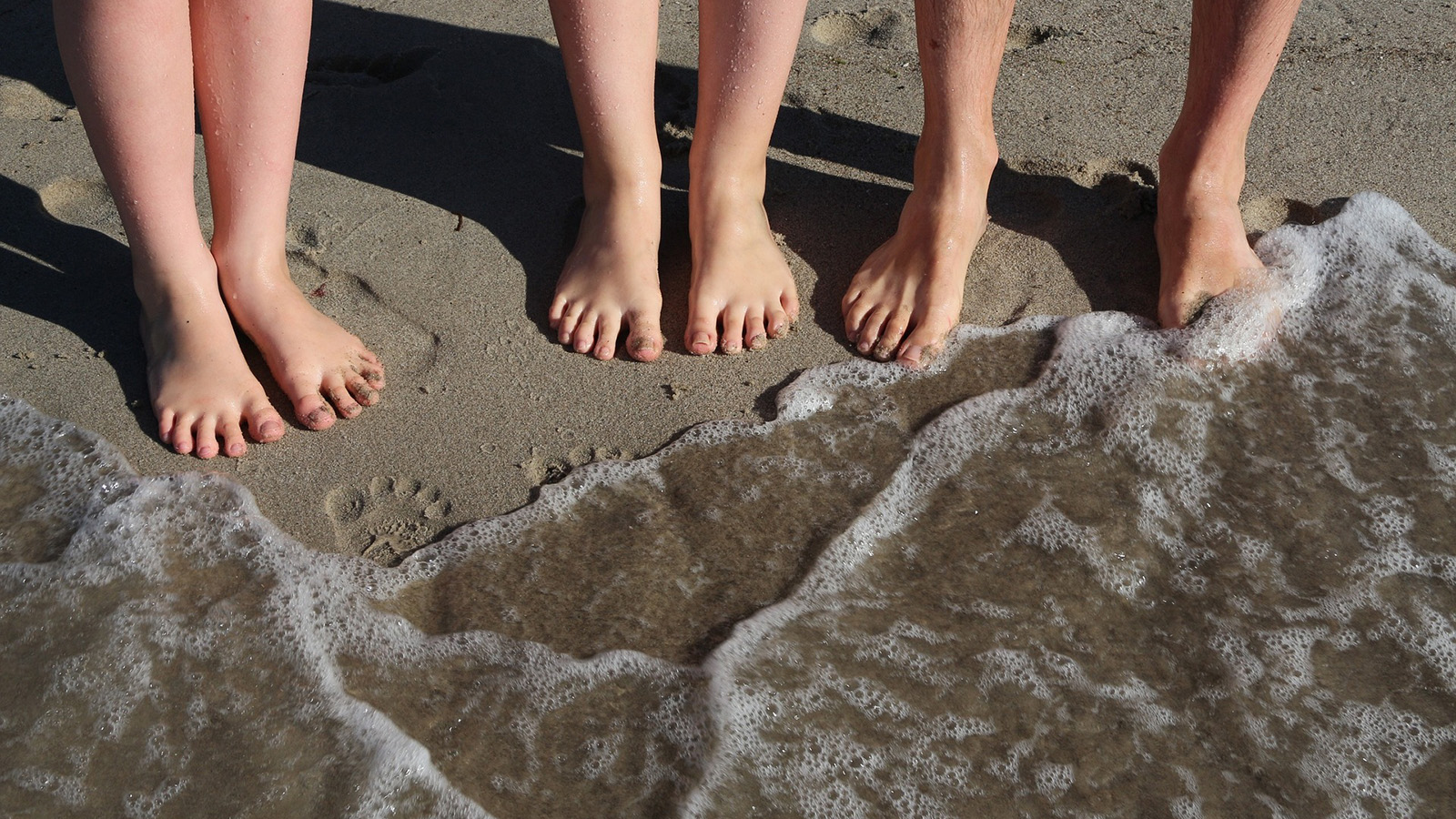
Tell the Governor: Make our beaches safe for swimming
There are too many days when pollution closes our beaches or makes swimmers sick. We're calling on the governor to take action to clean up the state's waters.
New research highlights the need for immediate action to make our favorite beaches safe for swimming.
With summer in full swing and temperatures soaring, you might want to head to the beach to relax with your family. But before you dive in and cool off, there’s one important question worth asking: “Is that water too polluted to swim in?”
The fact is, our beaches aren’t as safe for swimming as they should be. About half of U.S. beaches had at least one day of potentially unsafe contamination levels in 2022.
Fecal contamination from urban runoff, sewage overflows, and factory farms is closing beaches and sickening swimmers. Each and every year, an estimated 57 million Americans fall ill as a result of swimming in oceans, lakes, rivers and ponds.
The problem is severe enough that it’s making the news. Headlines in July spread the warning that “Over Half of U.S. Beaches Had ‘Potentially Unsafe’ Levels of Poop Contamination Last Year,” and that “Contaminated beach water could make swimmers sick.”
No matter where you live, your local beach may not be safe. Everywhere from Long Island, to the Gulf Coast, to the Great Lakes and beyond — it’s clear that we need to take immediate action to make our beaches safe for swimming.
Nobody wants to swim at a poopy beach. So what can we do to protect ourselves and make sure we have clean beaches to enjoy?
Join us in calling on governors to deploy the funding, rules and enforcement to clean up our state’s waters and make our beaches safe and clean.
Governors have the power to cut off water pollution at its source. They can:
But if governors are going to do the right thing to protect our beaches, they need to hear from us. Take action today to help make our beaches safe for swimming.
There are too many days when pollution closes our beaches or makes swimmers sick. We're calling on the governor to take action to clean up the state's waters.
Take Action
In 2022, 1,761 out of 3,192 tested beaches nationwide (55%) experienced at least one day on which fecal contamination reached potentially unsafe levels – that is, exceeding EPA’s most protective “Beach Action Value,” a conservative, precautionary tool states can use to make beach notification decisions.
And 363 beaches – approximately one out of every nine beaches tested nationwide – had potentially unsafe levels of fecal contamination on at least 25% of the days on which testing took place.
If you want to learn more about whether your local beach is safe for swimming, check out our full report. But make sure you take action to help clean up our beaches today!
